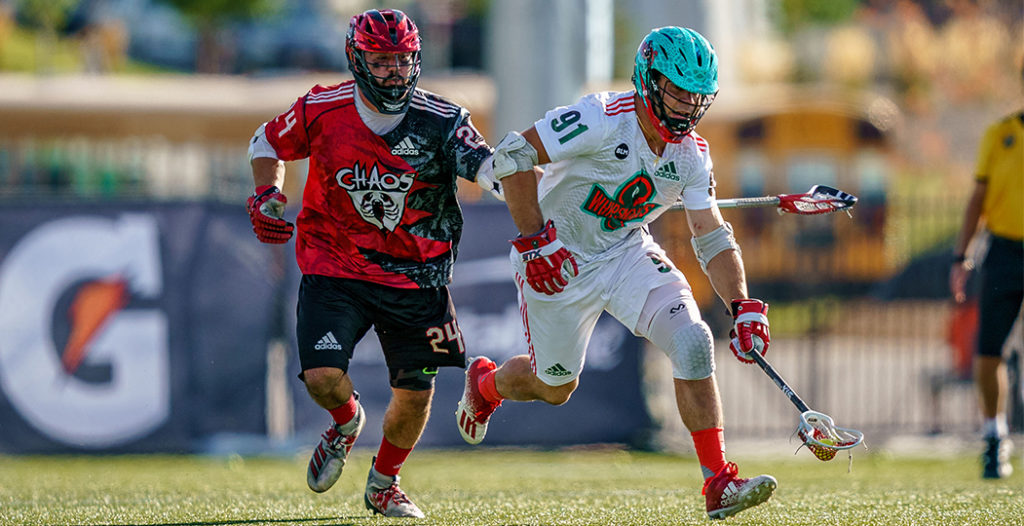
10 Man Ride: Who Wants to Go Fast?
CLEAR! The ride is on. Games are won and lost in transition in the PLL. The 52-second shot clock and 100-yard field have led to some shifts in scheme over the past two years. Let’s look at 10 methods of creating (or preventing) transition that are trending in PLL right now.
1. Defensemen who dangle like attackmen amazed in 2019
The skill level at the defense and LSM positions was on full display in PLL’s inaugural season. Short-stick or six-foot pole – it didn’t matter. Anybody could jump in the rush to generate offense. In 2019 defensemen shot:
- 41.0% from inside the arc
- 17.9% from 2-point range
Reading the trajectory of a shot slung by a six-foot catapult is a nightmare for a goalie; stopping them from point blank was even more challenging. Poles buried goals with their dominant hands, with their weak hands, … and with their back hands.
Garrett Epple finds a seam in the ride and pushes for a backhand goal.@PLLRedwoods pic.twitter.com/nNkiQuP9O9
— PLL Highlights (@PLLHighlight) January 28, 2021
Garrett Epple threw a shovel pump fake with a defender draped on his back. Absurd.
Entering the offseason, coaches had one primary objective: Stop transition offense.
The first step? Covering defensemen for a full 100 yards.
2. The counter: Match feet
Did you catch why Epple was so wide open in that clip above? Watch it again. A Redwoods short-stick stepped onto the defensive side of the field, allowing Epple to step over midfield. Instead of asking Epple’s attackman to journey across midfield, Chrome sent Will Haus (from the bottom of your screen) to chase him down.
Haus might’ve caught him on a 110-yard field; the 100-yard field has reduced the margin for error on the ride.
More teams are matching feet on the ride now. Attackmen are hustling into the hole to make opponents earn six-on-six goals instead of fast break freebies. In 2020 defensemen’s shooting splits dropped:
- 20.7% from inside the arc
- 12.2% from 2-point range
Coaches have caught on to the cat-and-mouse games popularized by Chaos LC and Jarrod Neumann. Many of Neumann’s 2-point looks were from the opposite side of the field as the box. When a Chaos teammate subbed off through the box, Neumann would “sub” onto the offensive side for a 20-yard stepdown missile.
Chaos created 9.0 fast break shots per game in its first 10 games; in its nine games since, that number is down to 5.2. Neumann’s open looks have all but disappeared. After taking 14 shots in his first 10 games, he’s down to six shots over his last nine.
That specific substitution pattern has been stymied. Others have risen from its ashes.
3. Rocket!
Creative and varied sub patterns are keeping defenses on their toes. Nobody is scheming more goals during this phase of offense than Archers LC assistant coach Brian Kavanagh.
This goal is brilliant. As the faceoff men exit the field, Atlas anticipates an entry from the midfield. Instead, the Archers send Tom Schreiber onto the field first with a 10-yard head start.
Tom Schreiber gains an advantage in the substitution game and Scott Ratliff hits him in stride.@PLLArchers @TomSchreiber26 @Srat2 pic.twitter.com/JTnrwyUDYf
— PLL Highlights (@PLLHighlight) July 28, 2020
4. Pass down pick downs
Savvy two-way players are leading to slicker fast break looks. Instead of traditional pass down pick downs – in which a SSDM slams into a defenseman, hoping to land his attackman a matchup against an offensive midfielder – players like Christian Mazzone are making next-level reads for slips.
This is chess. Mazzone dupes Brodie Merrill into fighting through this seal to close out to Marcus Holman – and he ends up with a dunk.
Christian Mazzone seals for Marcus Holman, then slips for the inside finish.@PLLArchers @ChrisMozo pic.twitter.com/Gd5W02Arvo
— PLL Highlights (@PLLHighlight) July 29, 2020
5. Outlets
The 100-yard field has made outlets to attackmen more available. Goalies aren’t afraid to throw the nine route downfield after making clean saves.
Timed correctly, a long outlet can catch the defense substituting, creating a rare 3-on-2 break. This dime from Tim Troutner is instant offense.
Tim Troutner makes a clean save and outlets to Clarke Petterson who finds Ryder Garnsey for the goal.@PLLRedwoods @T_troutner15 @ClarkePetterson @rsgarnz pic.twitter.com/5nGMnN4tjt
— PLL Highlights (@PLLHighlight) January 28, 2021
6. Faceoffs are flint for fast break fires
Across the league, fast break shooting percentage is higher after faceoff wins (34.4%) than any other scenario. Faceoffs produce better fast break looks than clean saves (33.7%) or turnovers (33.9%). Think about it: You’re already halfway to the cage when you win a faceoff!
Part of Joe Nardella’s dominance at the stripe in 2020 was his ability to turn faceoffs into offense. The Whipsnakes scored 10 fast break goals off faceoff wins during the Championship Series – more than the Waterdogs, Redwoods, and Atlas scored in any fast break situation.
7. Joe Nardella: Certified two-way midfielder
Nardella and his wings defend their losses even better than they capitalize on their wins. Opponents have shot 21.2% on fast breaks following faceoff wins against the Whipsnakes (including 0-for-8 during the Championship Series). Only the Waterdogs’ scrappy combo of Jake Withers and Drew Simoneau and the Archers’ Stephen Kelly and Brendan Fowler have kept opponents under 30.0%.
8. Identifying the point man
Something to keep an eye on: The shape of attack lines on fast breaks.
More teams are turning to flat breaks without a true point player. Lefty snipers like Will Manny – who has more fast break goals (18) than anyone over the last two years – are benefiting, especially when a lefty is running the break. Stephen Kelly, one of the few left-handed faceoff athletes in the league, has hit Manny for four of his fast break goals.
How will defenses slow down flat breaks going forward? Will they hold slides and dare d-middies and faceoff athletes to shoot?
9. Late shot clock offense is early shot clock defense
Fast break defense starts while you still have possession. The Whipsnakes understand this better than anyone – often “punting” with 10 seconds or less on the clock.
When the clock winds down, the Whipsnakes will substitute one or two offensive midfielders to send defensive personnel on early. Matt Rambo still somehow manages to score occasionally on fourth down. When he doesn’t, the Whipsnakes defense awaits.
10. Not all turnovers are created equal
There are other ways to be proactive about fast break defense besides punting. Establishing rules around which passes to make (and which passes to avoid) is important. Remember Grant Ament’s prayer to Ryan Ambler in overtime? Look at the path that pass took. It was east-to-west – had it sailed out of bounds, the Archers could have defended. Making that pass south-to-north from X would’ve been a no-no. Teams that are mindful of the relationship between late shot clock offense and early shot clock defense are able to squeeze more juice out of the 52-second shot clock without putting their defense at a disadvantage.
Thanks for reading!
Spread the word, submit any questions you want to see answered in this space to me on Twitter (@joekeegs), and I’ll talk to you next week!


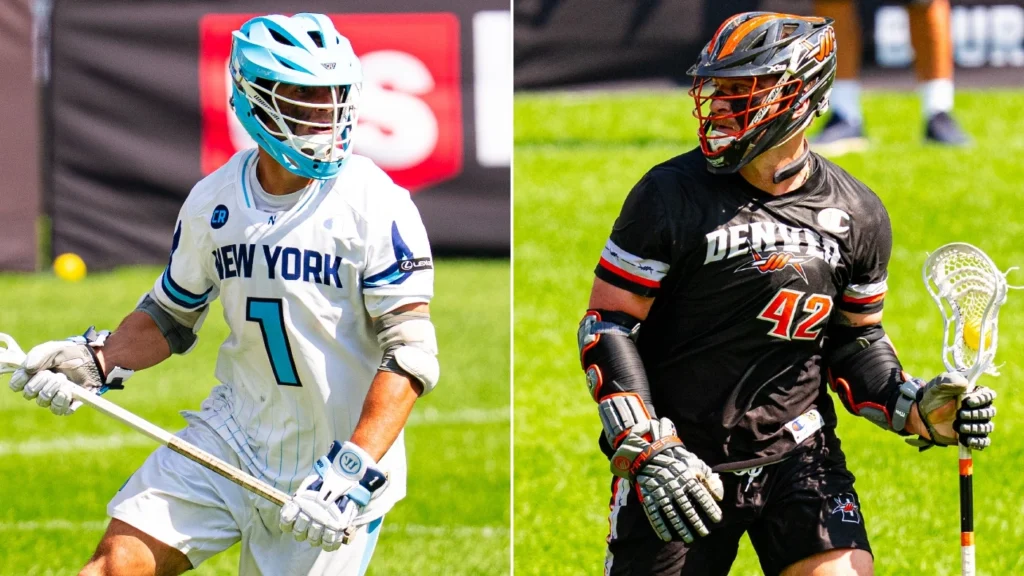
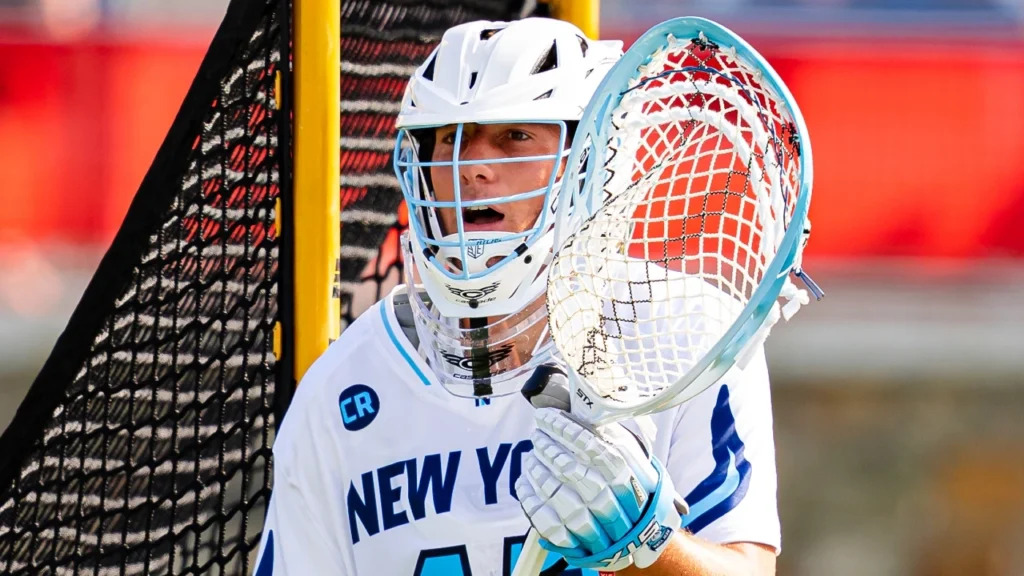
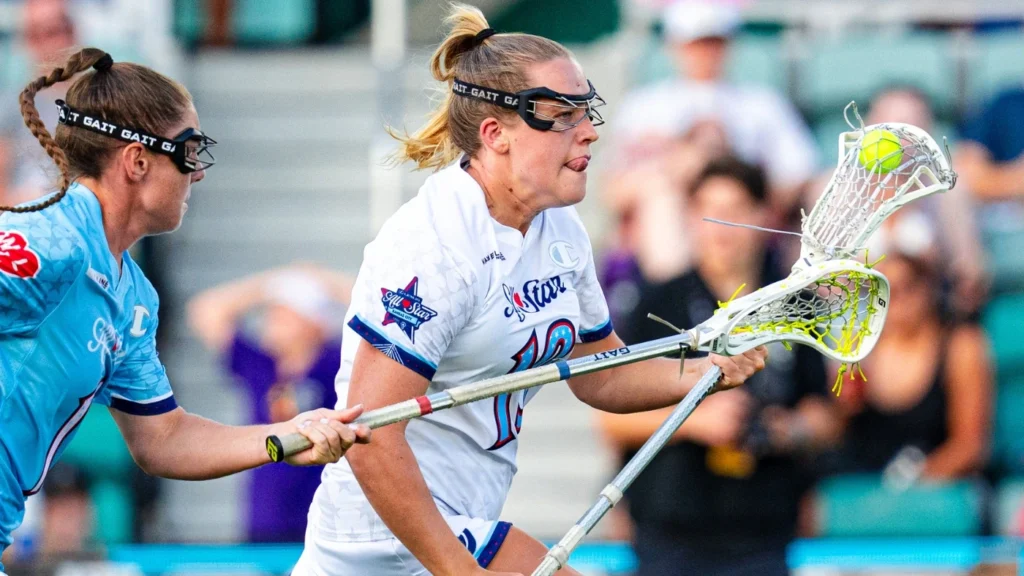
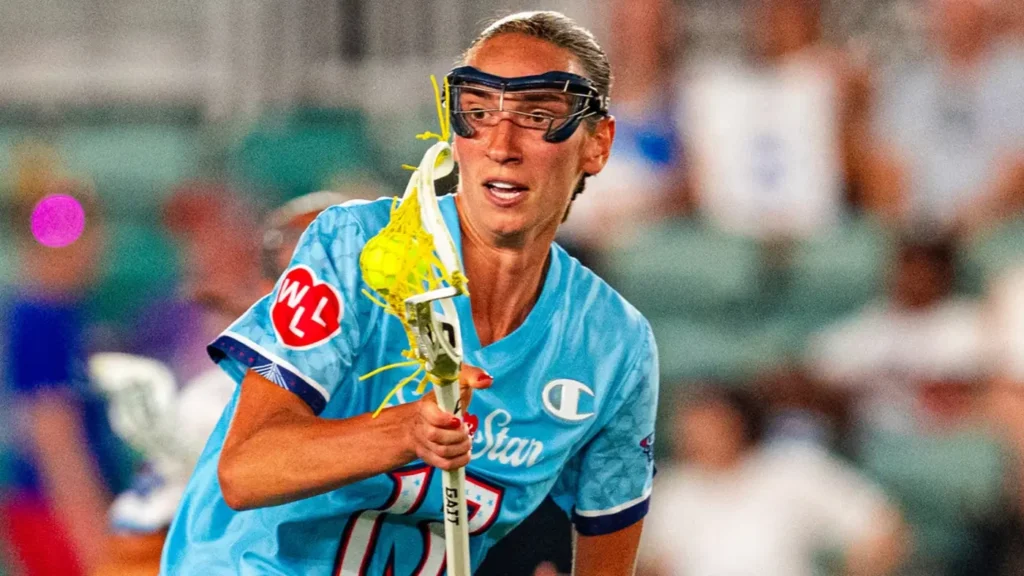
Pingback: 카지노사이트
Pingback: microsoft exchange cloud
Pingback: it danışmanlık sözleşmesi
Pingback: microsoft exchange kiralık sunucu
Pingback: lenovo servis
Pingback: instagram hack
Pingback: cash out dumps with pin
Pingback: Paket Honeymoon Bali
Pingback: cavapoo puppy
Pingback: ตรวจหวยวันนี้
Pingback: bloginder
Pingback: สล็อตวอเลท ไม่มีขั้นต่ำ
Pingback: cvv websites
Pingback: https://krajowy.biz/
Pingback: custom software development dallas
Pingback: maxbet
Pingback: sbo
Pingback: sbo
Pingback: Flores Peak
Pingback: Cherry Pie Strain
Pingback: bullet journal template
Pingback: LSD stamps Online
Pingback: jettes un coup d'oeil à